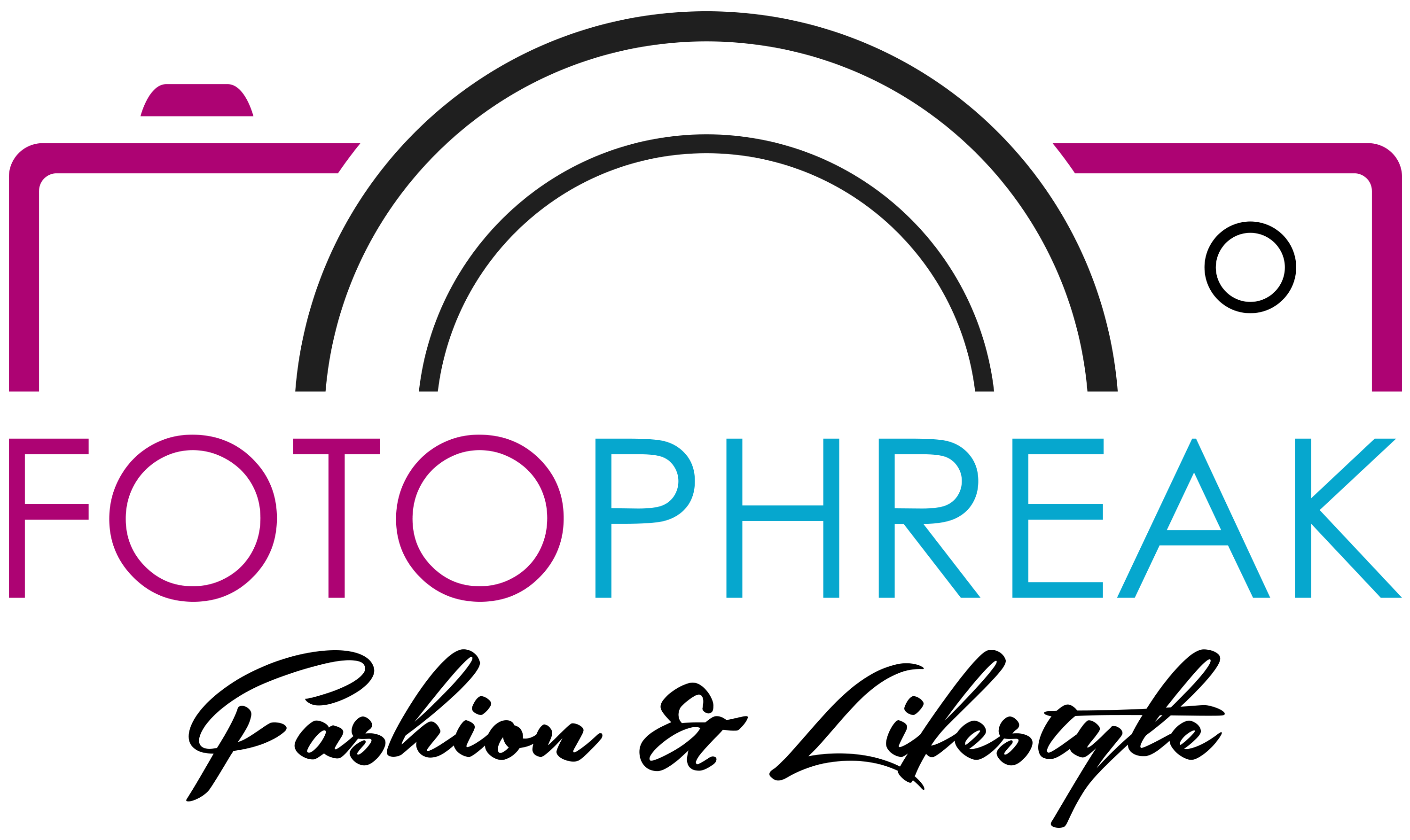A purchase book is a special-purpose subsidiary book prepared by a business to record all credit purchases. Nowadays all these recordings occur in ERPs and only small firms resort solely to notebooks or MS Excel. Recordings of these transactions should be following the debit and credit roles. For example, credit purchases should be an increase in credit as it is the liabilities. If those purchases are for inventories, then inventories accounts should be debited.
Purchase Journal Entry: Format, Examples and Recording Steps
Purchase journal is the special journal that uses to records all of the transactions related to purchases on credit. You should update your purchases journal as often as necessary to reflect the most current information. This may be daily, weekly, or monthly, depending purchases journal on the type of business you run and the products and services you offer.
Contents
The purchases journal is simply a chronological list of all the purchase invoices and is used to save time, avoid cluttering the general ledger with too much detail, and to allow for segregation of duties. All of the purchase on credit transactions are posted to this journal on an order-by date. Like sales journal, purchases journal is also just a list of purchases made. It is unnecessary to record the credit side of the transaction involving purchases made on account. Each row on purchase journal represent a separate purchase with various columns providing relevant data. They deliver the supplies to your business later that afternoon and you get to work on manufacturing the jewelry.
Purchase Journal Entry US CPA Questions
It should be noted that cash purchases of merchandise are not tracked in the Purchases Journal. Each accounting team develops its own reporting periods for aggregation. You may balance accounting journals weekly, biweekly, or monthly, depending on your business needs.
Purchases Journal Example
Individual items are not usually recorded if they are small amounts and purchased with other items. Neither does the purchases journal track the amount of money owed on account to a supplier. Generally, a purchase log will describe the date on which the order was placed, the name of the supplier and the invoice number. In some cases, an expense may come from several internal accounts because multiple products or services are on a single invoice. When this happens, it is important to note the individual amounts of each product or service along with the invoice number for accurate tracking. If you also make records of the debit from a spending account in a different journal, all of the information should match.
- If the goods are not available, the purchasing team will identify the supplier who specializes in needed goods, and they will place the order.
- Neither does the purchases journal track the amount of money owed on account to a supplier.
- This format makes it easy for students and accountants to prepare accounting purchase journal entries.
- All of these columns use source documents that were acquired throughout the voucher system.
- If you also make records of the debit from a spending account in a different journal, all of the information should match.
The debit typically goes to inventory, but it can also go to other accounts like supplies. A typical purchases journal has several columns to record the date, vendor account, invoice date, credit terms, accounts payable balance, and other account balances. All of these columns use source documents that were acquired throughout the voucher system.
Purchases Journal Used to Update the Accounts Payable Ledger
- As the business maintains control accounts in the general ledger, the accounts payable ledger itself is not part of the double entry bookkeeping, it is simply a record of the amounts owed to each supplier.
- The purchases journal is simply a chronological list of all the purchase invoices and is used to save time, avoid cluttering the general ledger with too much detail, and to allow for segregation of duties.
- Double Entry Bookkeeping is here to provide you with free online information to help you learn and understand bookkeeping and introductory accounting.
- The entity uses a purchase journal only when it uses a manual to record accounting information.
- If those purchases are for inventories, then inventories accounts should be debited.
As with the previous example, we will enter the date and the name of the account – Eco Supplies. Accounting journals are a great way to break down income and spending into more manageable categories. Purchase journals offer the benefit of tracking and categorizing spending over time to see how a business is spending money. When the time comes to create your annual budget, a purchase journal helps you estimate how much you’ll need in the coming year for various business expenses. Management typically uses this journal to track the status of each purchase, the amount owed to vendors, the due dates of each balance, along with the discount periods. The accounting department uses this journal to crosscheck and tie out the accounts payable subsidiary accounts at the end of each period.
Cash purchases are included in another special journal called the cash disbursements journal, and purchase returns are included in the purchase returns journal or if not used, the general journal. A credit to relevant supplier’s account in payables ledger accompanies each purchase entry in purchase journal. Purchases accounts or inventory accounts in case of perpetual inventory system are debited with total of purchases journal usually at the end of each month. This is what students need to learn as it is relevant for the final accounts. During the normal course of business, many companies will purchase items on credit.
The balance in this list is compared with the balance in the general ledger accounts payable account. Therefore, the amount column represents a credit to accounts payable and a debit to purchases at the full invoice price. The purchase book records all the credit purchases in one place, and details of Suppliers, invoice number, currency, quantity, and other details are mentioned there. The balances for these Suppliers from the Purchase book are transferred to individual ledgers, and a total of expense heads is debited to an expense account. This is one of the basics books in the bookkeeping process, which is essential in preparing ledger balances, trial balance, and final accounts.




















